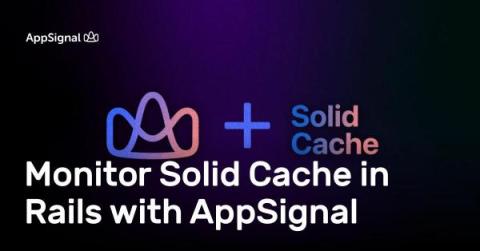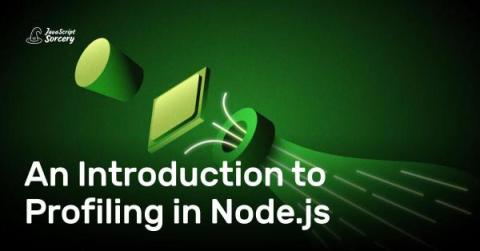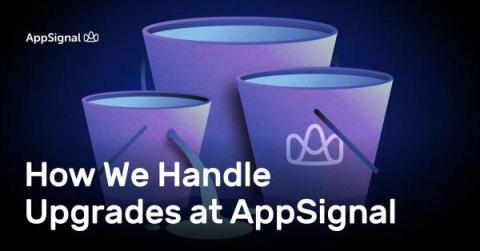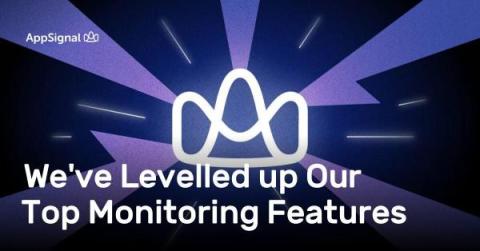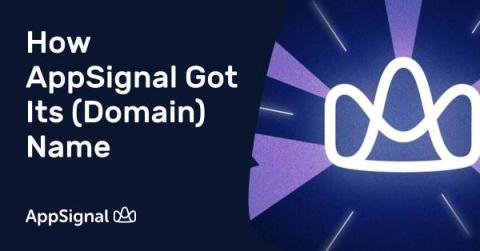Monitor Solid Cache in Rails with AppSignal
AppSignal now supports Solid Cache, giving you the same deep cache performance insights you'd get from other Rails cache stores. In this blog post, we'll give you a quick tour of Solid Cache, and how you can benefit from monitoring your app's cache with AppSignal.


